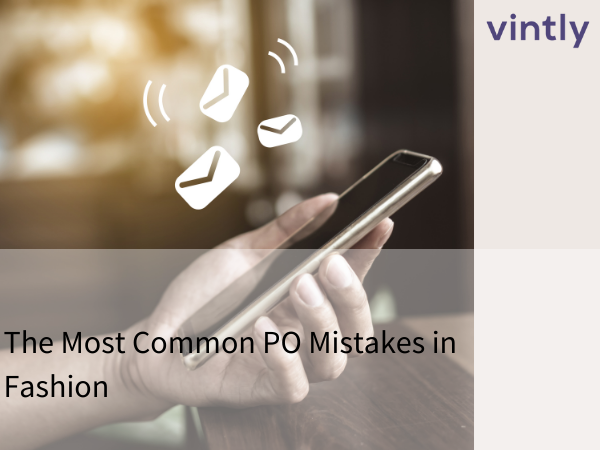Purchase orders are an essential element in the procurement process for any business. They are legally binding documents that initiate the purchase of goods or services from suppliers. The creation and management of these documents require rigorous adherence to best practices to ensure the integrity of the procurement system.
In this article, we will discuss best practices for creating and managing purchase orders, including clear and accurate documentation, proper authorization and approval, consistent communication, and effective tracking and record-keeping.
The Basics
A purchase order document is a formal and legal agreement that describes the details of a purchase between a buyer and a supplier. It must (among other parameters) include the following information: the quantity, item description, unit price, delivery date, and payment terms of the goods or the services that are being purchased.
Creating and consequently managing purchase orders with best practices is key for organisations, this becomes even more apparent when dealing with a high volume of purchase order transactions. Best practices ensure that the purchasing process is carried out efficiently, accurately and most importantly ethically.
Best practices
Clear and Accurate Documentation:
Clear and accurate documentation is one of the most critical best practices for creating and managing purchase orders. Purchase orders must provide clear and accurate information, formatted and designed in a way that allows suppliers to easily understand and fulfill the order.
To achieve this, it is recommended that purchase order templates are standardized and clear. Errors and discrepancies in documentation could lead to significant setbacks for organizations, such as delayed deliveries, damaged relationships with suppliers, and costly litigation.
Proper Authorization and Approval:
Proper authorization and approval protocols help to mitigate the risk of unauthorized purchases or fraud. It is critical to follow these protocols when creating purchase orders. It would help if you established approval hierarchies within your organization, with authorized individuals reviewing and approving purchase orders before they are issued.
Also, the authorization process must be continuously monitored and updated to detect any unusual patterns or transactions that may be indicative of fraudulent activity.
Consistent Communication:
Consistent communication is necessary for all parties involved in the procurement process. It promotes transparency and builds trust between buyers and suppliers. Organizations should keep stakeholders informed throughout the purchase order process, including any changes to delivery times, pricing adjustments, or other issues that may arise.
Additionally, communication channels should be established for stakeholders to report any problems or delays immediately. Responding to these issues quickly and decisively helps to prevent delays and maintain the integrity of the procurement process.
Effective Tracking and Record-Keeping:
Tracking and record-keeping of purchase orders are critical in maintaining an organized procurement process. Effective monitoring helps catch any discrepancies, potential fraud, or other issues before they can cause significant problems. Purchase orders should be tracked and managed through a centralized system that allows easy access to all relevant parties. If your organizations places a high amount of purchase order then it may be time to consider implementing a purchase order management system.
Accurate transaction records should be kept on all activities related to purchase orders, including approvals, deliveries, payments and changes. Maintaining complete and accurate records provides a clear audit trail for all activities related to purchases, which is critical for legal compliance, transparency, and accountability. It also allows for traceability back if any costs should be billed to either parties involved.
Abiding by best practices when managing purchase orders is critical in maintaining an efficient, ethical, and transparent purchasing process. To achieve this, organizations must ensure accurate documentation, appropriate authorization and approval, consistent communication, and productive tracking and record-keeping.
To sum up
Best practices include adhering with legal requirements, reducing errors, discrepancies and changes, avoiding fraud, maintaining communication, and keeping track of all tasks related to purchase orders. Implementing these practices into the purchasing process will help mitigate risks, foster supplier relationships, and ensure the smooth flow of goods and services. Organizations that continuously adjust their purchasing protocols and implement these best practices stand to gain significant benefits in the long run. If you need more guidance on how to step up your purchasing game, don't hesitate to reach out to the Vintly sales team.
.png)


